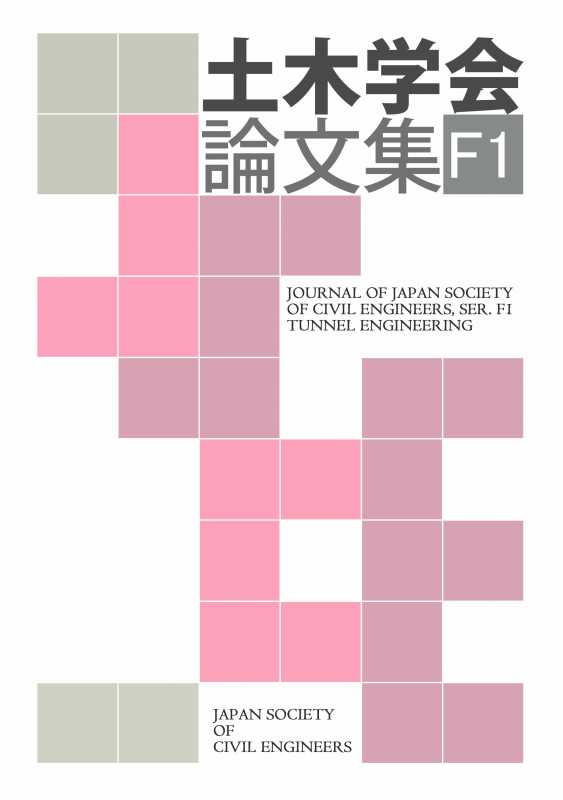Volume 75, Issue 1
Displaying 1-10 of 10 articles from this issue
- |<
- <
- 1
- >
- >|
Paper (In Japanese)
-
2019Volume 75Issue 1 Pages 7-25
Published: 2019
Released on J-STAGE: March 20, 2019
Download PDF (4641K) -
2019Volume 75Issue 1 Pages 26-39
Published: 2019
Released on J-STAGE: March 20, 2019
Download PDF (4357K) -
2019Volume 75Issue 1 Pages 40-55
Published: 2019
Released on J-STAGE: April 20, 2019
Download PDF (3282K) -
2019Volume 75Issue 1 Pages 56-74
Published: 2019
Released on J-STAGE: June 20, 2019
Download PDF (4548K) -
2019Volume 75Issue 1 Pages 75-87
Published: 2019
Released on J-STAGE: July 20, 2019
Download PDF (4507K) -
2019Volume 75Issue 1 Pages 88-106
Published: 2019
Released on J-STAGE: September 20, 2019
Download PDF (3939K) -
2019Volume 75Issue 1 Pages 107-115
Published: 2019
Released on J-STAGE: October 20, 2019
Download PDF (2834K) -
2019Volume 75Issue 1 Pages 116-129
Published: 2019
Released on J-STAGE: October 20, 2019
Download PDF (4299K) -
2019Volume 75Issue 1 Pages 130-142
Published: 2019
Released on J-STAGE: December 20, 2019
Download PDF (1233K)
Technical Note (In Japanese)
-
2019Volume 75Issue 1 Pages 1-6
Published: 2019
Released on J-STAGE: February 20, 2019
Download PDF (2382K)
- |<
- <
- 1
- >
- >|
